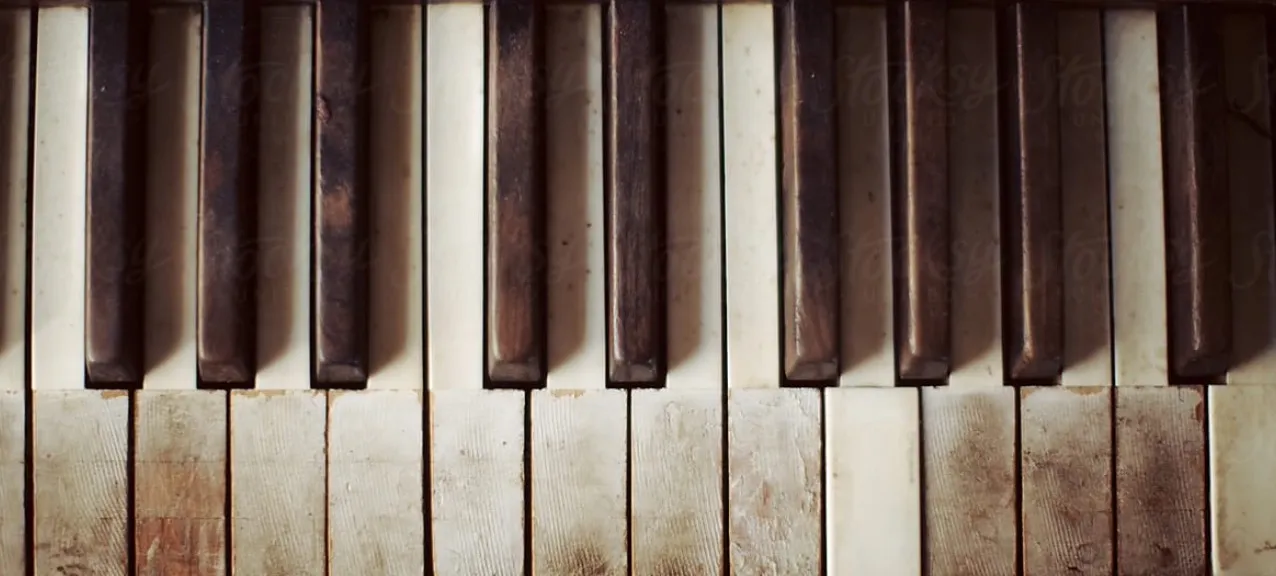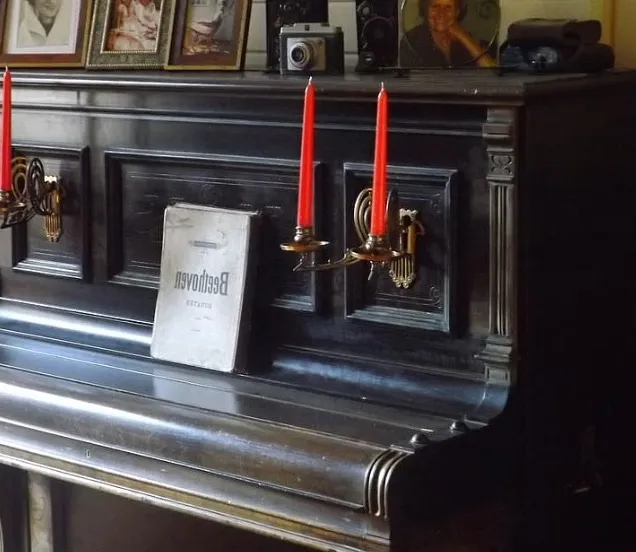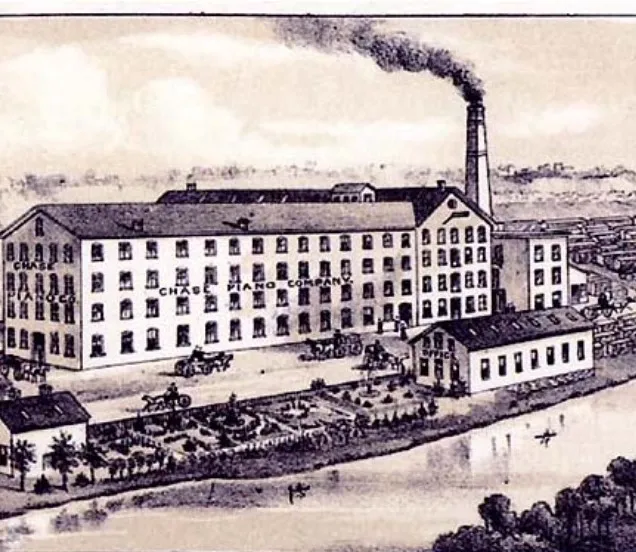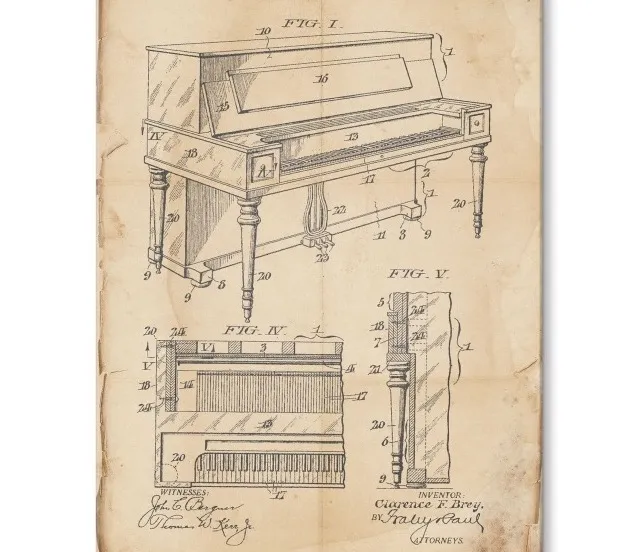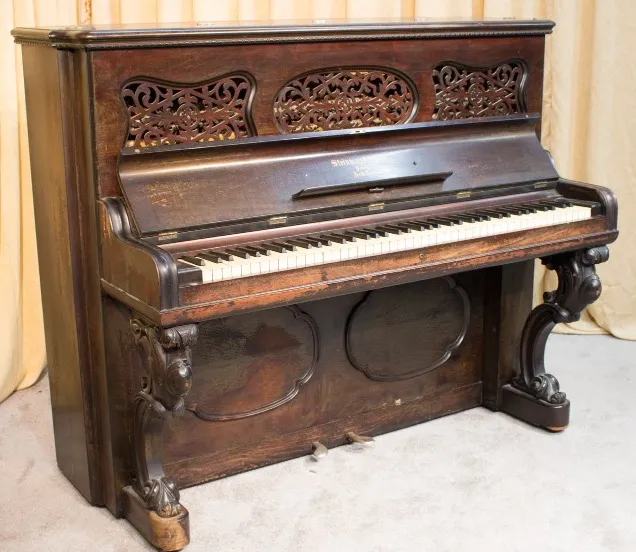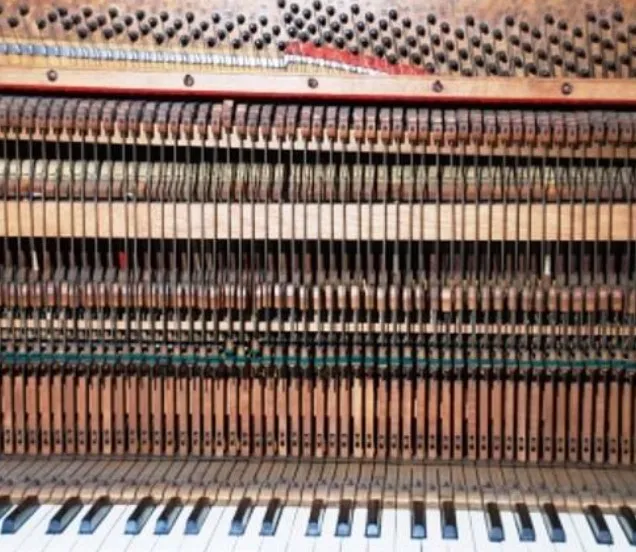Let's start with the spoiler: most of these old, antique pianos have little to no musical value anymore. The cost of making them playable again would exceed many times the value of the finally repaired piano.
The fact that these instruments are provided with all kinds of superlative labels (such as "Medaille d'Or" ) may suggest otherwise, but below we explain where this comes from. Please note that we are talking about musical value here. Of course, such an instrument may have a great emotional value (because it is a family heirloom), or an aesthetic value: they are often beautifully sculpted, solid wooden furniture. But musically, it is not a good idea to invest in it.
Don't get us wrong, we are passionate about historical pianos. We are specialists and have more than 80 years of experience in piano restoration and overhaul. Chris Maene owns a unique collection of historical instruments in Ruiselede, and runs his own museum of Belgian Piano Building in Brussels. That is why we would like to clarify the difference between a valuable historical instrument and an old piano in this article.

